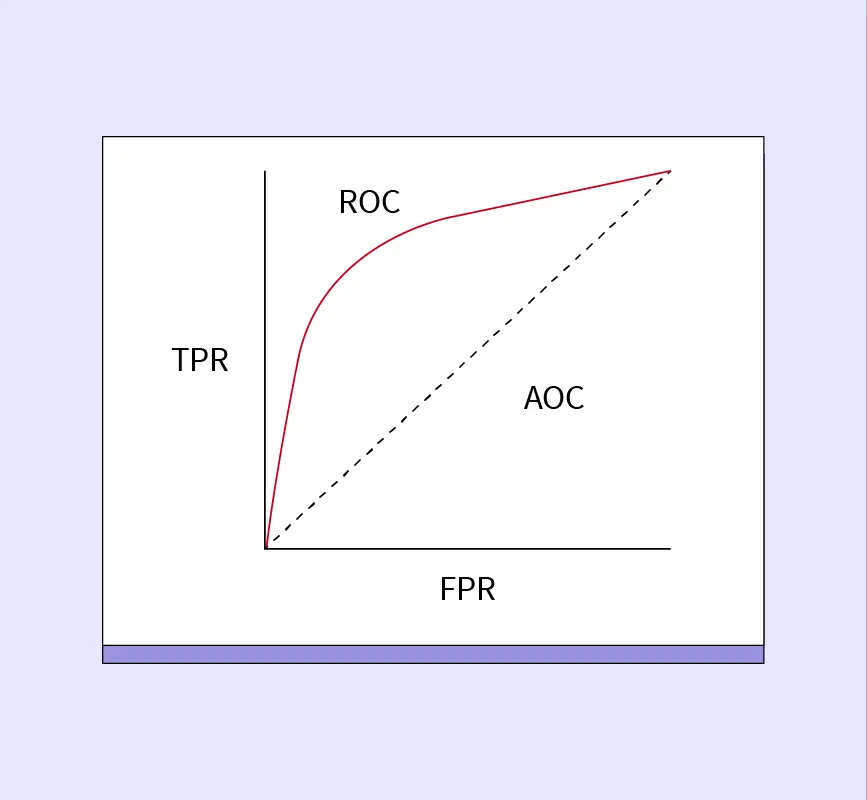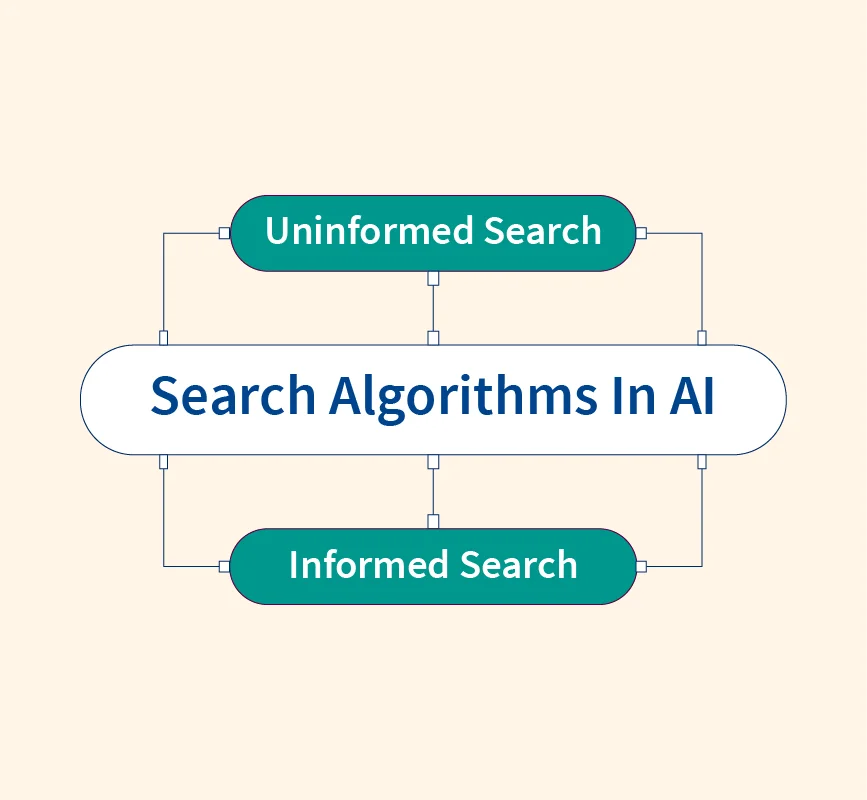Machine learning (ML) continues to shape industries like healthcare, finance, and e-commerce, making it a must-have skill for tech professionals. With growing demand—job postings for ML engineers increasing by over 30% annually—2025 presents vast opportunities for those mastering this field.
This roadmap offers a step-by-step guide, covering everything from foundational concepts to advanced techniques. Whether you’re starting fresh or aiming to enhance your skills, this guide will help you navigate the evolving ML landscape and stay ahead in the competitive job market.
What is Machine Learning?
Machine learning (ML) is a branch of artificial intelligence (AI) that enables computers to learn from data and make decisions without explicit programming. Through algorithms, machines identify patterns, improve over time, and provide predictions based on data inputs.
ML is at the heart of many modern technologies, such as recommendation systems (e.g., Netflix suggestions), virtual assistants (like Siri), and fraud detection tools in banking. Its ability to automate decision-making makes it indispensable across industries.
Types of Machine Learning
Machine learning is categorized into four primary types, each serving distinct purposes:
- Supervised Learning:
In supervised learning, the model learns from labeled data, meaning the input and the expected output are provided. It’s commonly used for tasks like:- Regression: Predicting house prices.
- Classification: Identifying spam emails.
- Unsupervised Learning:
Here, the data is unlabeled, and the algorithm identifies hidden patterns or groups. Key applications include:- Clustering: Grouping customers based on purchasing behavior.
- Association Rules: Market basket analysis to find product associations.
- Reinforcement Learning:
This type focuses on decision-making through trial and error, learning from rewards or penalties. It is widely used in:- Game agents: Training AI to play chess or Go.
- Robotics: Teaching robots to navigate environments autonomously.
- Semi-Supervised Learning:
Combines supervised and unsupervised learning, leveraging a small amount of labeled data with a larger unlabeled dataset. It’s useful in:- Medical diagnostics: Classifying images with limited labeled cases.
- Speech recognition: Enhancing models with a mix of labeled and unlabeled data.
How This Machine Learning Roadmap Will Help You
This roadmap provides a clear, structured learning path designed to take you from beginner to advanced proficiency in machine learning. Whether you are just starting or looking to deepen your knowledge, the guide covers essential concepts, skills, and tools needed for a successful career.
Throughout the roadmap, you’ll gain:
- Foundational knowledge: Learn key mathematics, statistics, and programming concepts.
- Practical skills: Build hands-on projects using Python and industry-standard libraries.
- Advanced techniques: Master complex algorithms, tuning models, and deployment practices.
- Career insights: Understand how to transition from learning to applying ML in real-world jobs.
By following this guide step-by-step, you’ll confidently develop the expertise needed to solve real-world problems and position yourself as a skilled ML engineer ready to meet industry demands.
Prerequisites For Getting Started with Machine Learning
1. Mathematics and Statistics
A solid understanding of mathematical concepts is essential for grasping machine learning algorithms. Key areas to focus on include:
- Probability theory: Understanding distributions for predictive models.
- Linear algebra: Working with vectors, matrices, and transformations.
- Calculus: Optimizing algorithms using gradients and partial derivatives.
- Statistics: Interpreting data through means, variances, and correlations.
2. Programming Skills
Programming proficiency is necessary to implement models and manage data.
- Primary Language: Python (used extensively in ML).
- What to Study:
- Libraries like NumPy and Pandas for data manipulation.
- Scikit-Learn for building and evaluating models.
- Object-oriented programming (OOP) concepts to structure ML code.
- Additional Skills: Familiarity with R and SQL can be useful for data-related tasks.
Basic Concepts for Mastering Machine Learning
1. Data Collection and Cleaning
Efficient machine learning relies heavily on high-quality data. Understanding how to gather and clean data is crucial.
- Data Sources: APIs, web scraping, and public datasets (e.g., Kaggle).
- Cleaning Techniques: Handle missing values, remove outliers, and standardize data formats.
2. Exploratory Data Analysis (EDA)
EDA helps uncover patterns and insights before building models.
- Key Techniques: Use descriptive statistics to summarize data.
- Visualization Tools: Utilize Matplotlib and Seaborn for visual exploration.
3. Feature Engineering
Creating and transforming features boosts model accuracy.
- Generating New Features: Combine multiple variables into new ones.
- Transforming Data: Normalize, encode categorical data, and scale features using Min-Max or Standardization techniques.
First Chapters – Machine Learning Beginner Level
1. Supervised Learning
In supervised learning, the model is trained on labeled data to make predictions.
- Key Algorithms to Study:
- Linear Regression: Predicting continuous values like house prices.
- Logistic Regression: Classifying data into binary outcomes (e.g., spam detection).
- Decision Trees: Simple models for both classification and regression tasks.
- K-Nearest Neighbors (KNN): Classifying data points based on proximity.
- What to Focus On:
- Understand labeled datasets and input-output mappings.
- Train, test, and evaluate models with metrics like accuracy and RMSE.
- Practice using Python and Scikit-Learn.
2. Unsupervised Learning
Unsupervised learning identifies patterns in unlabeled data.
- Key Algorithms to Study:
- K-Means Clustering: Grouping data into clusters.
- Principal Component Analysis (PCA): Reducing dimensions for large datasets.
- Association Rules: Discovering relationships between variables.
- What to Focus On:
- Visualizing clusters or patterns.
- Using PCA to simplify high-dimensional data.
3. Reinforcement Learning
Reinforcement learning focuses on training agents through rewards and penalties.
- Key Concepts to Learn:
- Q-Learning and Markov Decision Processes (MDPs).
- What to Focus On:
- Simulate agent-environment interactions with rewards.
- Build a simple game agent (e.g., tic-tac-toe) to apply the concepts.
4. Semi-Supervised Learning
Semi-supervised learning leverages both labeled and unlabeled data.
- Key Techniques:
- Self-training and Label Propagation methods.
- Applications:
- Used in fields like medical diagnostics and image recognition when labeled data is scarce.
Second Chapter: Machine Learning Intermediate Level
1. Model Selection
Choosing the right algorithm depends on data type, size, and complexity.
- What to Focus On:
- Understand when to use Support Vector Machines (SVM) versus Random Forest.
- Evaluate trade-offs between bias and variance.
2. Model Evaluation and Tuning
Evaluating models ensures they generalize well to unseen data.
- What to Study:
- Use cross-validation to measure performance reliably.
- Learn evaluation metrics like precision, recall, and F1-score.
3. Hyperparameter Tuning
Optimizing hyperparameters improves model performance.
- Key Techniques:
- Grid Search: Exhaustively searches all parameter combinations.
- Random Search: Randomly samples hyperparameters to find optimal values.
- Bayesian Optimization: Uses probabilistic models to guide the search.
Third Chapter – Machine Learning Advanced Level
1. Deep Learning
Deep learning focuses on building multi-layer neural networks for complex tasks.
- Key Concepts to Study:
- Neural Networks: Perceptrons, multi-layer architectures, and backpropagation.
- Activation Functions: ReLU, Sigmoid, Tanh, and Softmax.
- Optimization Techniques: Gradient Descent, Adam optimizer, and learning rate scheduling.
- Frameworks to Use: TensorFlow, PyTorch.
- Hands-on Practice:
- Implement image classification using CNNs.
- Train a neural network to classify MNIST digits.
2. Natural Language Processing (NLP)
NLP helps machines understand and generate human language.
- Key Concepts to Study:
- Text Preprocessing: Tokenization, stop-word removal, stemming, and lemmatization.
- Language Models: Explore models like BERT and GPT.
- Named Entity Recognition (NER) and Sentiment Analysis: Identify text entities and sentiments.
- Hands-on Practice:
- Build a text classifier for movie reviews using transformers.
- Experiment with Hugging Face libraries for NLP.
3. Computer Vision
Computer vision enables machines to interpret visual data.
- Key Concepts to Study:
- Convolutional Neural Networks (CNNs): Layers, pooling, and architectures like ResNet and VGGNet.
- Image Augmentation: Apply rotation, flipping, and normalization.
- Object Detection and Segmentation: Implement models like YOLO and Mask R-CNN.
- Hands-on Practice:
- Build an image classifier for handwritten digits.
- Perform object detection on a custom dataset.
Machine Learning Projects
1. Beginner Projects
- House Price Prediction: Use Linear Regression to predict house prices based on features like size, location, and amenities. This project helps understand how to handle continuous data and evaluate model performance with metrics like RMSE.
- Sentiment Analysis: Build a classifier to determine whether tweets are positive or negative. Use Logistic Regression or Naive Bayes along with NLP techniques like tokenization and stop-word removal.
2. Intermediate Projects
- Image Classification: Use Convolutional Neural Networks (CNNs) to build a model that classifies images, such as recognizing animals or handwritten digits. This project introduces concepts like pooling, activation functions, and overfitting prevention.
- Recommendation System: Create a collaborative filtering model to recommend products or movies based on user preferences. This project strengthens your understanding of unsupervised learning and similarity-based techniques.
3. Advanced Projects
- Chatbots: Use Recurrent Neural Networks (RNNs) to develop chatbots capable of engaging in basic conversations. This project involves sequence modeling and provides hands-on experience with text-based interaction.
- Autonomous Driving: Implement object detection using the YOLO algorithm to identify objects in images or video streams. This project demonstrates the use of real-time computer vision for advanced applications like self-driving cars.
Future of Machine Learning
The future of machine learning (ML) promises exciting advancements across multiple fields, shaping how technology integrates with everyday life. Below are some key trends and innovations expected to define the future of ML:
- Quantum Machine Learning: Quantum computing can significantly speed up ML models, opening doors for faster and more efficient algorithms.
- Federated Learning: A privacy-preserving approach where models are trained locally on devices, enabling collaboration without sharing raw data.
- Explainable AI (XAI): With increasing use of ML models, transparency becomes critical. XAI ensures that decisions made by algorithms can be understood by humans, fostering trust.
- Edge Computing and ML: Real-time ML applications on edge devices, such as smart sensors and IoT systems, allow faster decisions without relying on cloud processing.
- AI Ethics and Fairness: As ML systems impact society, addressing bias, fairness, and ethical issues will be crucial for responsible AI development and deployment.
- Integration with NLP and Computer Vision: Innovations in natural language processing and computer vision will continue to enhance ML’s capabilities, enabling more accurate language models and smarter visual recognition systems.
- Industry-Specific Applications: Sectors such as healthcare, finance, and robotics will witness specialized ML applications, from predictive diagnostics to automated trading systems and autonomous robots.
Conclusion
Mastering machine learning in 2025 offers immense opportunities, given its growing role across industries. This roadmap provides a clear, structured path from beginner to advanced levels, helping you develop essential skills and build real-world projects. By following the outlined steps—starting with foundational concepts, gaining hands-on experience, and exploring advanced techniques—you’ll be well-prepared to tackle challenges and thrive as a machine learning engineer.
Continual learning is key to staying relevant in this dynamic field. As new technologies and trends emerge, such as quantum computing and federated learning, those who adapt will have a significant edge. Start your journey today, and position yourself at the forefront of innovation in the evolving world of machine learning.
Machine Learning Roadmap – FAQ’s
1. Will AI replace ML?
No, AI and ML are complementary fields. While AI focuses on building intelligent systems, ML is a technique used within AI to enable systems to learn from data. Both fields work together to create advanced solutions.
2. Does Machine Learning have a future?
Yes, ML has a promising future. With increasing adoption across industries like healthcare, finance, and retail, the demand for ML professionals is expected to grow, ensuring a steady flow of opportunities.
3. Is Machine Learning hard?
Machine learning can be challenging, but it is manageable with the right approach. Starting with basics like mathematics, statistics, and programming will make it easier to grasp advanced concepts over time.
4. What are the key skills needed to become a Machine Learning Engineer?
Essential skills include; Mathematics and statistics for algorithm development, Python programming and knowledge of data libraries, Data handling skills (cleaning and feature engineering), Model building and deployment expertise.
5. What is the salary of a Machine Learning Engineer?
Machine learning engineers earn competitive salaries, with entry-level positions starting at ₹7–10 LPA in India and experienced professionals earning upwards of ₹20 LPA. Salaries are even higher in regions like the US and Europe.


